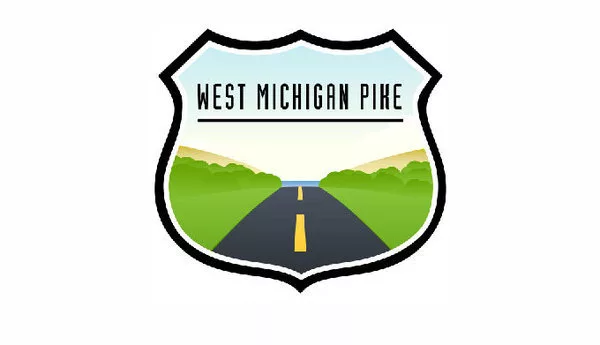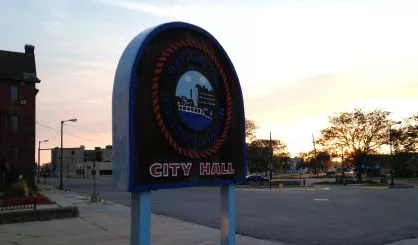The Michigan Beachtowns Association has joined Travel Michigan and the crew at the Michigan Department of Transportation today to establish an official designation for many of our area highways as the West Michigan Pike. It's the newest Michigan Byway, harkening back to the days of the original, historic West Michigan Pike. The official designation took place in ceremonies at Muskegon's Heritage Landing this morning.
You will begin to see colorful new signage along Michigan's West Coast including portions of many state trunklines in the area. The Historic West Michigan Pike was comprised of a variety of different roadways in West Michigan including U.S. 12, Red Arrow Highway, Blue Star Highway, U.S. 31 and many others.
For the purpose of the proposed West Michigan Pike Heritage Route, the designated route will follow these trunklines:
- Interstate 94
- M-63
- Interstate 196/US-31
- Interstate 196 Bus./M-140
- US-31
- BUS. US-31
- US-10
The route passes through historic Lake Michigan communities including New Buffalo, St. Joseph, Benton Harbor, South Haven, Douglas/Saugatuck, Holland, Grand Haven, Muskegon, Whitehall/Montague, the Silver Lake Sand Dunes area and Pentwater.
Along the newly designated route — and with interpretive materials outlined in a forthcoming Corridor Management Plan and developed specifically for visitors to the Pike — Byway designation will allow visitors to discover some of Michigan's most historically significant, culturally active, and naturally beautiful areas of the state.
While the modern-day, proposed West Michigan Pike Byway will follow state trunklines, it is the intent of the corridor management entity, the Michigan Beachtown Association, to sign both the Byway Route and the Historic Route through each Beachtown community, giving potential visitors two opportunities to experience the West Michigan Pike, depending on their time and interests.
The Byway Route will be a direct route linking each of the Pike communities, and a second, more leisurely Historic Route will be independently signed for "Road Trippers" and history buffs.
After the lumber companies moved out of Michigan in the 1890s and the automobile came into fashion in the early 1900s, roads began to be built across Michigan for the new mode of transportation.
The West Michigan Pike was one of the nation's earliest paved, "tourist" roadways, developed between 1911 and 1922, and designed to draw visitors from Chicago to the resorts and beachtowns of West Michigan. Running from New Buffalo to Mackinaw City, the West Michigan Pike was part of Michigan's first trunkline system (M-11), and the first federal highway system (US-12).
The West Michigan Pike was one of America's earliest "tourist" roadways, because its specific purpose was to draw visitors into West Michigan's lakeshore communities. The State of Michigan undertook an aggressive reforestation effort to beautify the roadsides along the lakeshore and protect the sand dunes and productive farmlands of the region.
To support tourism, the communities along the route developed resorts, hotels, restaurants and leisure and cultural attractions to lure Chicagoans to the West Michigan shoreline.






